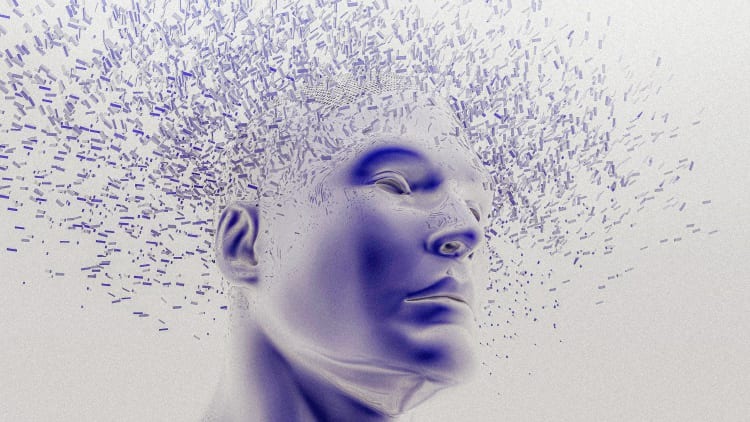- | 8:00 am
3 ways creatives can keep the robots at bay
Worried AI is going to eat your lunch? Here’s how agencies and brands can make sure their creative rises above the level of soulless robot-made content.

We live in fascinating and challenging times. Computers, smartphones, and the internet have fundamentally transformed the way humans work, play, and communicate. Climate change is rapidly altering all the remaining natural systems of the Earth. AI will bring in a new type of intelligence where we may no longer be the smartest species on the planet.
Innovation and change are happening at a breathtaking pace. Just recently, OpenAI’s Sora demo left Hollywood stunned by its ability to create virtual movie sets. This apparently led to changes in strategic investments, including the abandonment of Tyler Perry’s $800 million studio expansion project.
For the majority of us in the creator economy who work outside of Hollywood studios, the same question is no doubt lingering in the back of our minds with each new AI breakthrough: “When will the robots eat my lunch?” Or, more pointedly: “Will AI ever create on a level that surpasses that of the most talented human creators?”
I don’t think so.
Here are three ways that agencies and brands can make sure their creative rises above the level of soulless robot-made content.
MAKE STORIES, NOT CONTENT
I resisted using the word content for a long time. It just feels like such a baseline, almost anemic term. Content at a minimum fills space and time. At its very best, content metamorphosizes into a story, which has the potential to move hearts and minds. The best storytelling comes from a place of emotion, that thing that humans and some animals have in spades, but that robots can only understand in the abstract.
The best stories have conflict and some element of surprise. Does your AI video asset have that? I doubt it. Why? It doesn’t have the storytelling genetics that have developed in human beings over millions of years. It’s encoded in our DNA. So for the next piece of content you make, ask yourself, “Is this just filler content or is it on the level of a great story? What’s the conflict? What’s the surprise?” Check those boxes and you’re beating the bots—and, likely, your competition.
HIRE A MISSION-DRIVEN DIRECTOR
Robots can do lots of awesome things, but they are not purpose-driven. They can analyze massive amounts of data. They can make videos. They can mop your floor. But they don’t know why they’re doing any of those tasks. They have no purpose other than following the directives of humans. The one thing they don’t understand is the very notion of “purpose” or “mission,” which are concepts that are loaded with emotion.
Don’t believe me? Ask Sora to make a brand ad in which every shot, audio selection, and the entire narrative arc serves the mission of your brand. You will get something back that is, well, “blah.” Then, hire a human director who aligns with your brand purpose or mission and give them the same prompt. You will be blown away by the creative results.
BREAK THE RULES
To be a great creator is to think like a revolutionary! There is no algorithm for making great art or creativity. The way to make truly great art is to understand the conventions enough to know how to break them. AI gets programmed to understand patterns and then follows them. It’s good at understanding the conventions but (at least for now) doesn’t know how to break them.
I’ll leave you with one final thought. Let’s just say the robots prove me wrong and we do get an AI version of Steven Spielberg. Then we will be faced with an even more important question, an ethical one. If AI can direct better movies than Spielberg, should we outsource creativity and storytelling to robots?
For me, this answer is pretty clear.
Heck no.
Humans are the storytelling species. It is in our DNA. It’s the reason we have San Bushman cave art, Disney movies, TikTok slime videos, and whatever is coming out of our human imagination next.
Outsourcing creative functions to robots would be like removing the mission of humanity, the very purpose of being human. We don’t exist to navigate through cities, write emails, or parse data. All those things can be outsourced. We exist to tell stories by the campfire, at the dinner table, and on Instagram. We exist to create. A world without human creation would render us purposeless. If that ever happens, get me a one-way ticket to Mars, please.








































